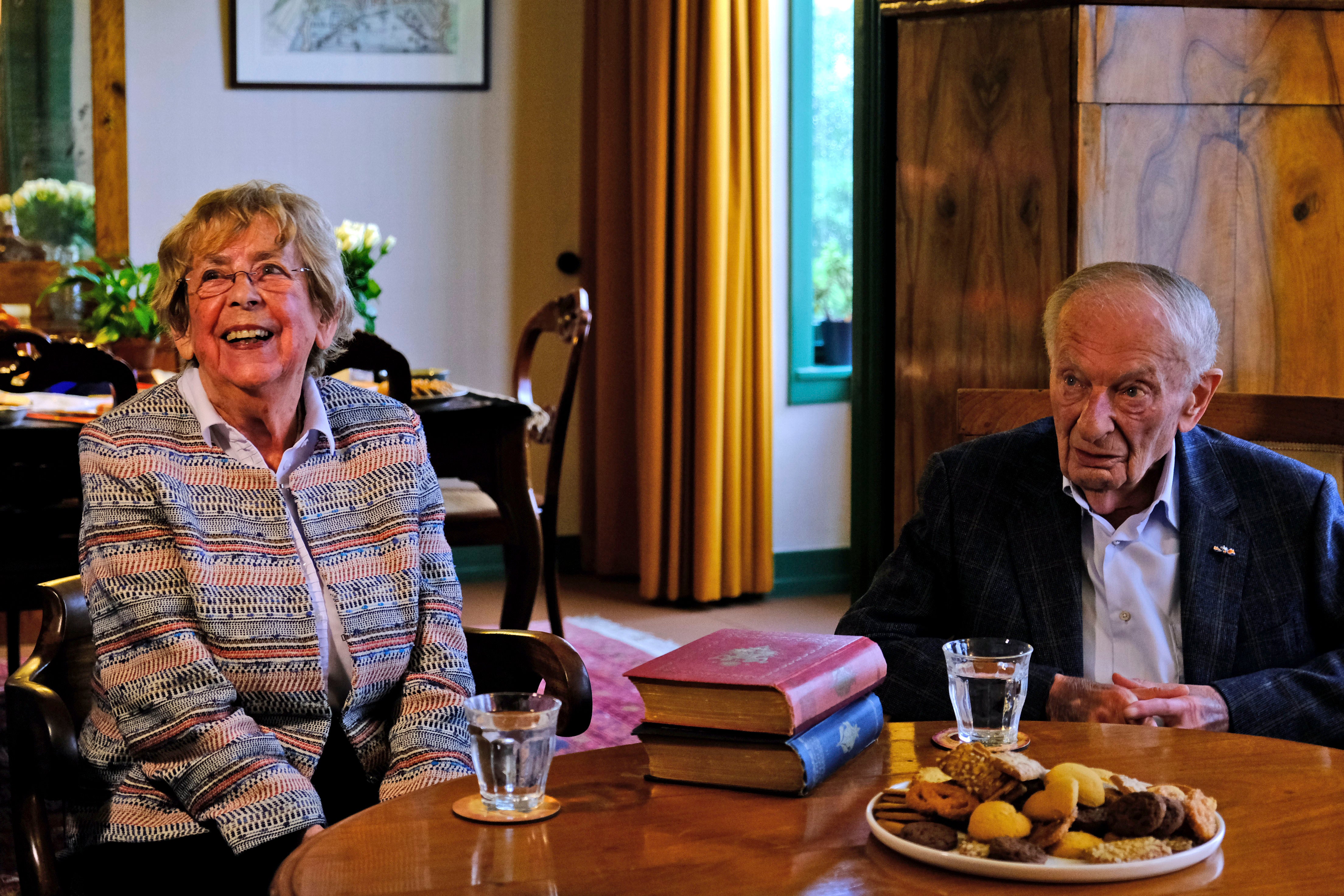First stone laid at Dutch Holocaust Memorial in Amsterdam
A friend of World War II Jewish diarist Anne Frank has laid the first stone at a new memorial under construction in Amsterdam to honor all Dutch victims of the Holocaust

Your support helps us to tell the story
From reproductive rights to climate change to Big Tech, The Independent is on the ground when the story is developing. Whether it's investigating the financials of Elon Musk's pro-Trump PAC or producing our latest documentary, 'The A Word', which shines a light on the American women fighting for reproductive rights, we know how important it is to parse out the facts from the messaging.
At such a critical moment in US history, we need reporters on the ground. Your donation allows us to keep sending journalists to speak to both sides of the story.
The Independent is trusted by Americans across the entire political spectrum. And unlike many other quality news outlets, we choose not to lock Americans out of our reporting and analysis with paywalls. We believe quality journalism should be available to everyone, paid for by those who can afford it.
Your support makes all the difference.A friend of World War II Jewish diarist Anne Frank laid the first stone Wednesday at a new memorial under construction in Amsterdam to honor all Dutch victims of the Holocaust.
The ceremonial laying of the first stone, on which the name of a Dutch Holocaust victim was engraved, is the latest step in construction of the Dutch memorial which will feature the names of more than 102,000 Jews, Roma and Sinti who were murdered in Nazi concentration camps during World War II or who died on their way to the camps.
“I almost can't believe it, but it is now really happening,” Jacques Grishaver, chairman of the Netherlands Auschwitz Committee, said in a statement. “The first of the more than 102,000 stones has been laid.”
The last of the stones, each of which is engraved with a name, is expected to be placed in the memorial in March.
A Dutch court cleared the way last year for the memorial to be constructed. Amsterdam Municipality had granted permission for construction to start in 2017, but residents argued that it was too big for the location and could cause traffic problems.
Jacqueline van Maarsen, who knew Anne Frank before the diarist and her family were captured and sent to Nazi concentration camps, laid a stone engraved by laser with the name, date of birth and age of Dina Frankenhuis, who was murdered, aged 20, on June 4, 1943, at the Sobibor camp.
Designed by Polish-Jewish architect Daniel Libeskind, the memorial in the heart of Amsterdam's historic Jewish Quarter will be made up of walls shaped to form four Hebrew letters spelling out a word that translates as “In Memory Of.”